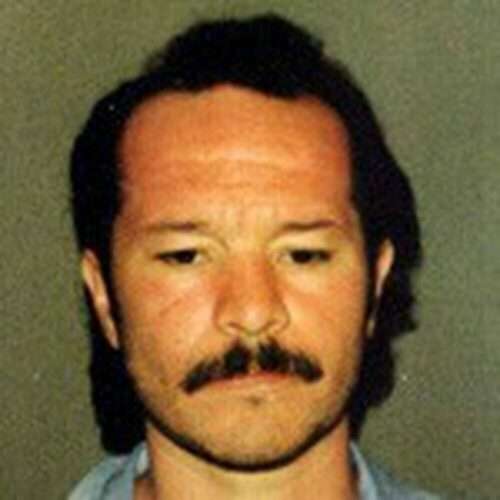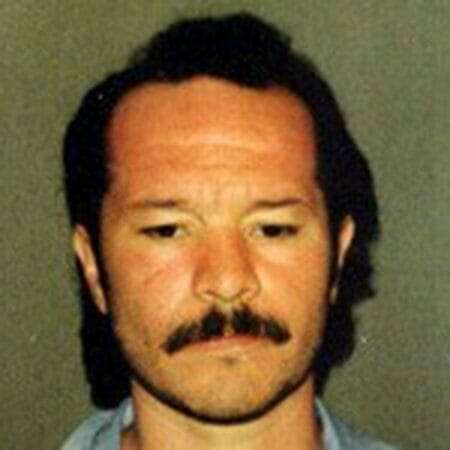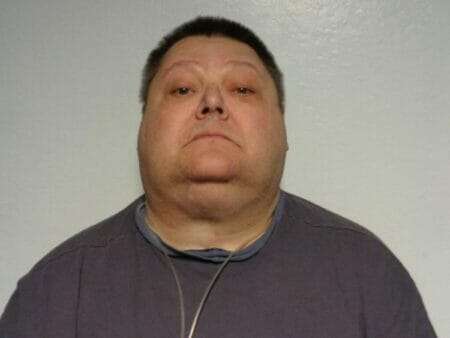
Karl Terry was sentenced to death by the State of Oregon for two murders. According to court documents Karl Terry was camping with the two victims, Jeffrey and Dale Brown, when while the two men were sleeping they would be attacked by Terry with a samurai sword. Karl Terry was sentenced to death. Karl Terry now goes by the name Tara Zyst
Karl Terry 2021 Information

| Offender Name: | Zyst, Tara Ellyssia |
| Age: | 47 | DOB: | 09/1973 | Location: | Oregon State Penitentiary | ||
| Gender: | Female | Race: | White Or European Origin | Status: | AIC | ||
| Height: | 5′ 11” | Hair: | Blond | Field Admission Date: | 11/24/1995 | ||
| Weight: | 150 lbs | Eyes: | Blue | Earliest Release Date: | Death |
Karl Terry More News
A Clackamas County jury sentenced Terry to die for hacking to death Jeffrey and Dale Brown with an 18-inch long Japanese sword as they slept Aug. 6, 1994. The three were camping in a Milwaukie park next to the Willamette River in celebration of Dale Brown’s birthday.
Karl Terry Other News
Tara Ellyssia Zyst is Oregon’s only transgender death row inmate, perhaps the only transgender death row prisoner in the nation.
Born Karl Anthony Terry, she was convicted in 1995 on two counts of aggravated murder for the deaths of her boyfriend and his brother. Since that time, Tara has sat on Oregon’s death row, where she has consistently been denied requests for hormone therapy and sexual reassignment surgery for a diagnosed Gender Identity Disorder.
Allowing a convicted murderer the option of converting their external physical self from that given at birth to that of their internal wish may seem absurd. But as more light is shed on transgender concerns, agree with it or not, the courts have determined that they have this right.
“The Eighth Amendment of the U.S. Constitution makes prisons legally required to provide inmates with medically necessary treatment for medical and mental health conditions, including gender dysmorphia.”
That quote is not from a lawyer or the LGBT community. Rather, it is the statement made by a California Department of Corrections spokesperson, Terry Thornton, in response to recent news that they were providing gender reassignment surgery to a transgender person in their custody, one who also happens to be a convicted murderer.
Shiloh Heavenly Quine was convicted in 1980 for the killing of Shahid Ali Baig, a father of three. Having received a sentence of life without parole, she will spend the rest of her life behind California prison bars. She began life in prison as a man. Due to a 2016 ruling by the California Supreme Court, however, she did not have to remain that way. She underwent surgery this past week.
Quine previously wrote that her presence in the men’s prison creates “confusion and mixed emotions from the males that go from romantic thoughts to disgust and explosive turmoil reactions.” “I thought of myself as a female since the age of eight,” reported Quine. In her case, she came to prison with a gender dysmorphia.
Just as a prison system is required to provide dialysis to a prisoner diagnosed with kidney failure, the prison must provide treatment for mental disorders, including gender identity disorders. To disallow this amounts to cruel and unusual punishment. For Quine, that amounted to a daily fight to stay alive, including five failed suicide attempts.
Tara completely and painfully empathizes with what Quine went through. She has identified as a woman since she was a young teenager in Tennessee, at a time and place that was unprepared to handle such a phenomenon. Her fight is likewise a daily one, which she is failing.
The Oregon Department of Corrections currently provides daily dialysis to a death row inmate, costing tens of thousands of dollars annually. They’ve recently paid $80,000 for hepatitis C cure therapy for another condemned man. But they refuse treatment for Tara.
They have not ignored transgender issues altogether. They are currently relocating all male-to-female transgender inmates to a medium security prison, a male facility within its system. Tara, however, is not included in this transfer plan. Her classification as a death row inmate presents a unique challenge.
But according to Tara, the prison has avoided this challenge by simply ignoring her.
“They have responded to my request for therapy by insisting that gender identity disorders are excuses for homosexual prisoners to gain access to hormones that they believe will make them more desireable to the male population,” Tara writes. “I am offended beyond words.”
This has been the typical response from prison authorities over the years, says Kris Hayashi, Executive Director of the Transgender Law Center. “For too long institutions have ignored prisoners and casually dismissed medically necessary and lifesaving care for transgender people just because of who transgender women are.”
But now the law is on their side.
Tara has consistently and emphatically proclaimed her innocence over the crimes she has been convicted of. But after 22 years on death row those pleas have gone ignored as well. She is tired of the fight.
“I want to make it clear,” Tara recently wrote to her attorneys of her intentions to end her remaining death penalty appeals. “I’d rather be dead than to have to keep living this way.”
Tara sits on death row for two murders that she says she did not commit. Her biggest struggle, however, is the one that she’s lived with her entire adult life, the one she sees every time she looks in the mirror.
Even though the laws have changed to address Tara’s condition, they are not being applied to Tara.
Even if we are not be able to relate to Tara’s struggle, or agree that a murderer should be able to have a sex change, regardless of their condition, gender identity issues are real. The medical field has made this clear. The courts have laid the ground rules.
Death row is not an understanding place. It is a cruel environment for anyone. It is a place of torture for a transgender prisoner. The law states what must be done.
Bianca Clark is the executive director of Prison Lives, a non-profit organization established to educate and enable prisoners to be productive individuals while incarcerated for a positive existence both inside and outside of prison life. Prison lives also provides resources to the families of inmates.













